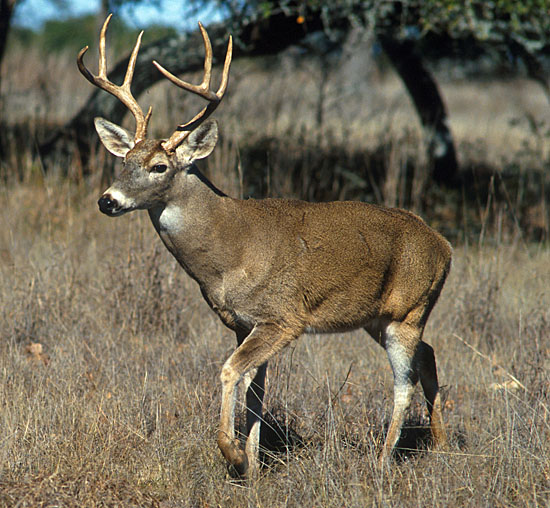Fall prime time for deer-vehicle collisions
Van Wert independent/ODOT information

COLUMBUS – Ohio has 8 million drivers, 121,000 miles of roadway and 600,000 (or more) deer. Trying to predict when and where a deer and motorist will meet is an impossible task, but drivers who understand how deer behave are more likely to avoid a crash.
The Ohio Department of Transportation (ODOT) warns all Ohio drivers that autumn brings thousands of collisions between vehicles and deer, so drive with caution.
“Fewer daylight hours, combined with the increased movement of deer, due to mating and hunting seasons, increase the risk of collisions,” said ODOT Director Jerry Wray.
In 2010, there were 23,201 deer-vehicle crashes statewide, with 1,063 people injured and four people killed. November saw the most crashes, at 5,012, or 167 a day for the month.
Because many deer-vehicle collisions go unreported to police and local authorities, the actual number of crashes throughout Ohio may be as high as 60,000 each year.
Last year, the areas with the highest number of deer-vehicle crashes were urban areas: the Mansfield area (Richland County), with 648 crashes; the Canton area (Stark County), with 630 crashes; and the Cincinnati area (Hamilton County), with 620 deer-vehicle accidents.
State agencies advise motorists to use these driving tips to help avoid collisions with deer:
- Watch for deer-crossing signs and drive with extreme caution, especially in the posted areas.
- If you see one deer, expect that others will follow.
- Watch for deer, especially at dawn and after sunset. About 20 percent of these crashes occur during early morning, while more than half happen between 5 p.m. and midnight.
- Always wear seat belts and drive safe, sensible speeds for road conditions.
- After dark, use high beams when there is no opposing traffic. High beams will illuminate the eyes of deer on or near a roadway and provide greater motorist reaction time. Don’t rely solely on high beams, though, to deter collisions.
- Stay alert. Deer are always unpredictable. They often dart out into traffic on busy highways in metro areas.
- If a collision with a deer seems probable, then hit it while maintaining full control of your vehicle. Don’t swerve a vehicle to avoid hitting a deer. Brake firmly and stay in your lane. The alternative could be even worse.
If a vehicle strikes a deer, motorists should report the crash by calling local law enforcement, the sheriff’s department, the Ohio State Highway Patrol or the Ohio Department of Natural Resources — even if there is no damage to motorists’ vehicles.
POSTED: 10/04/11 at 2:12 am. FILED UNDER: News







